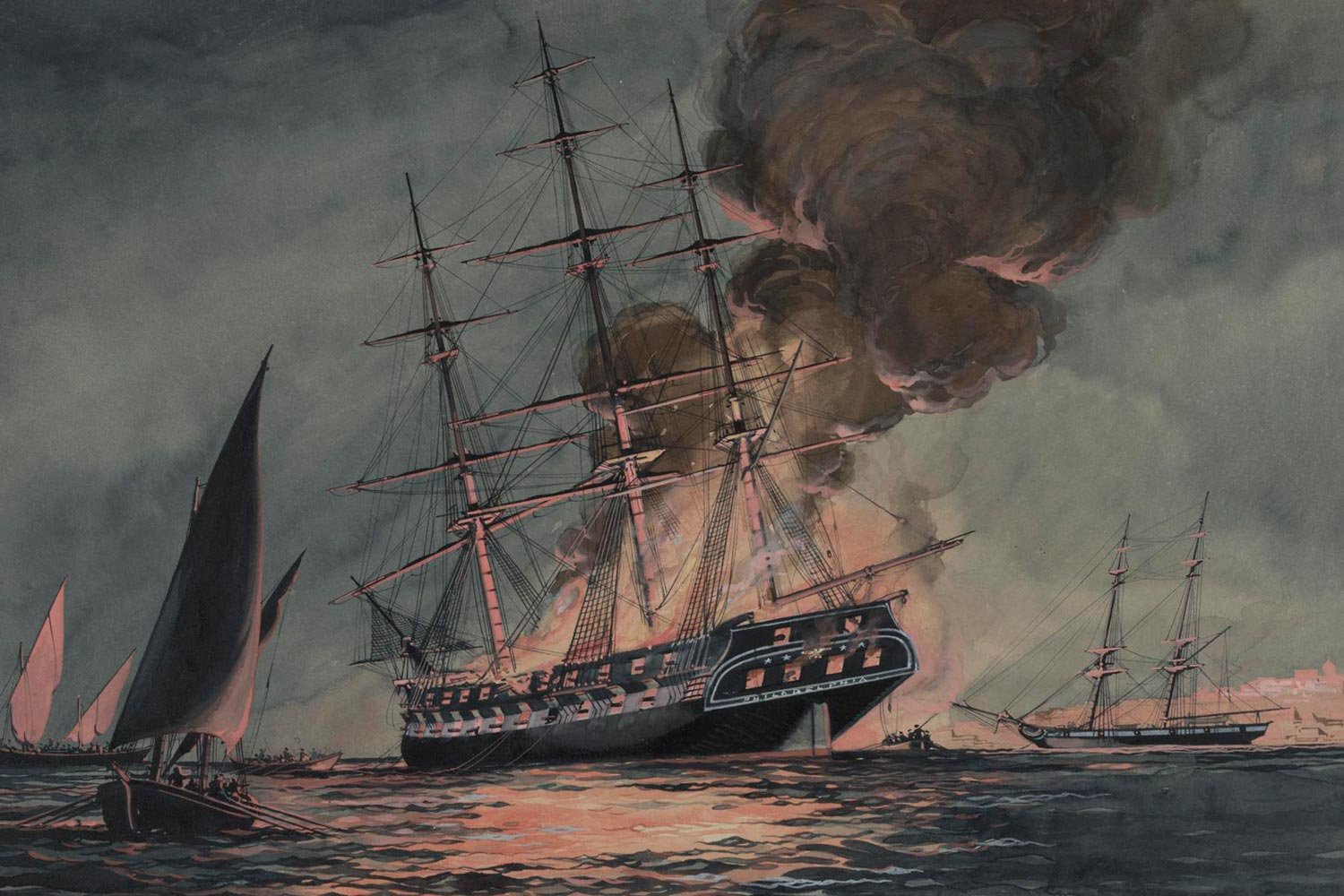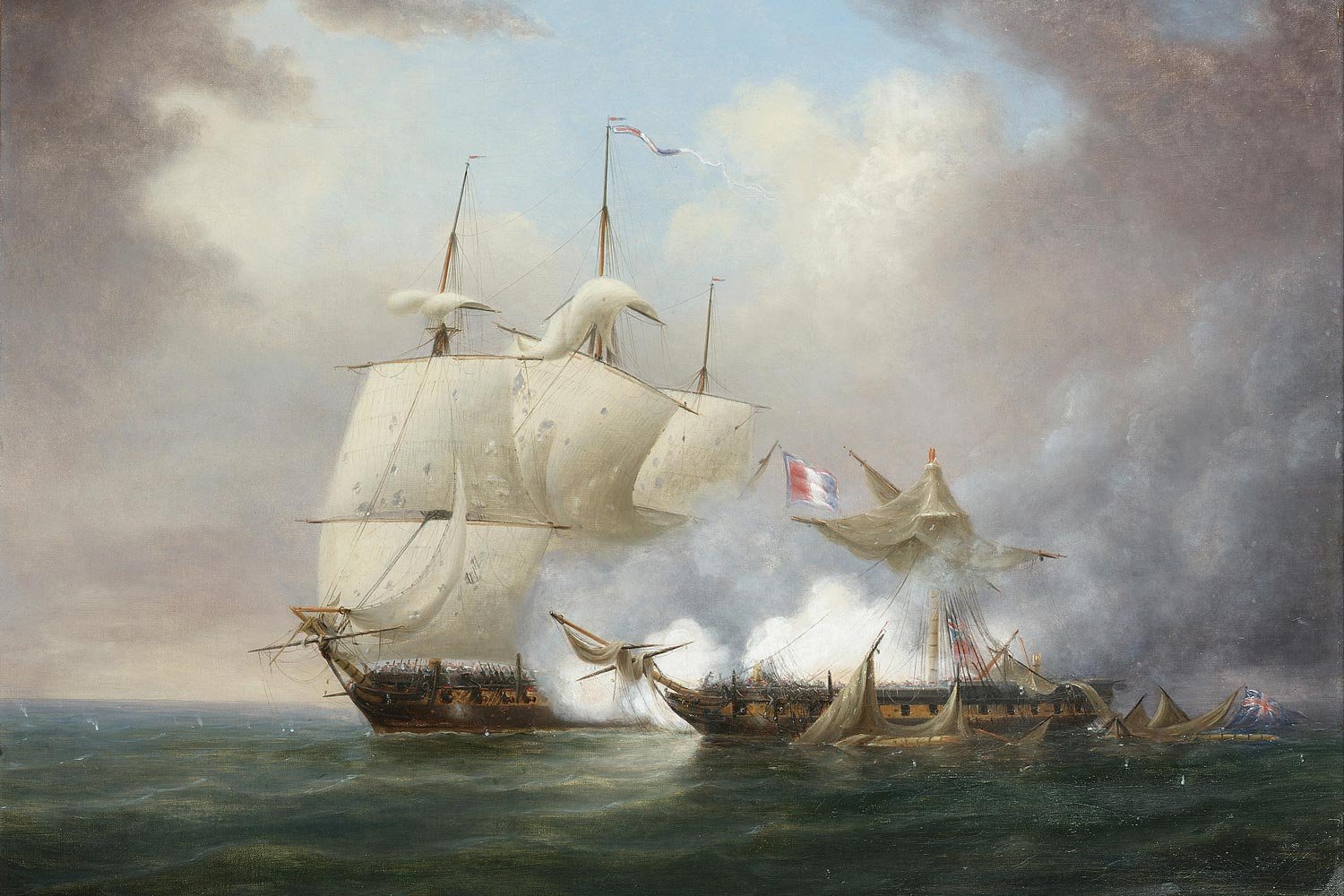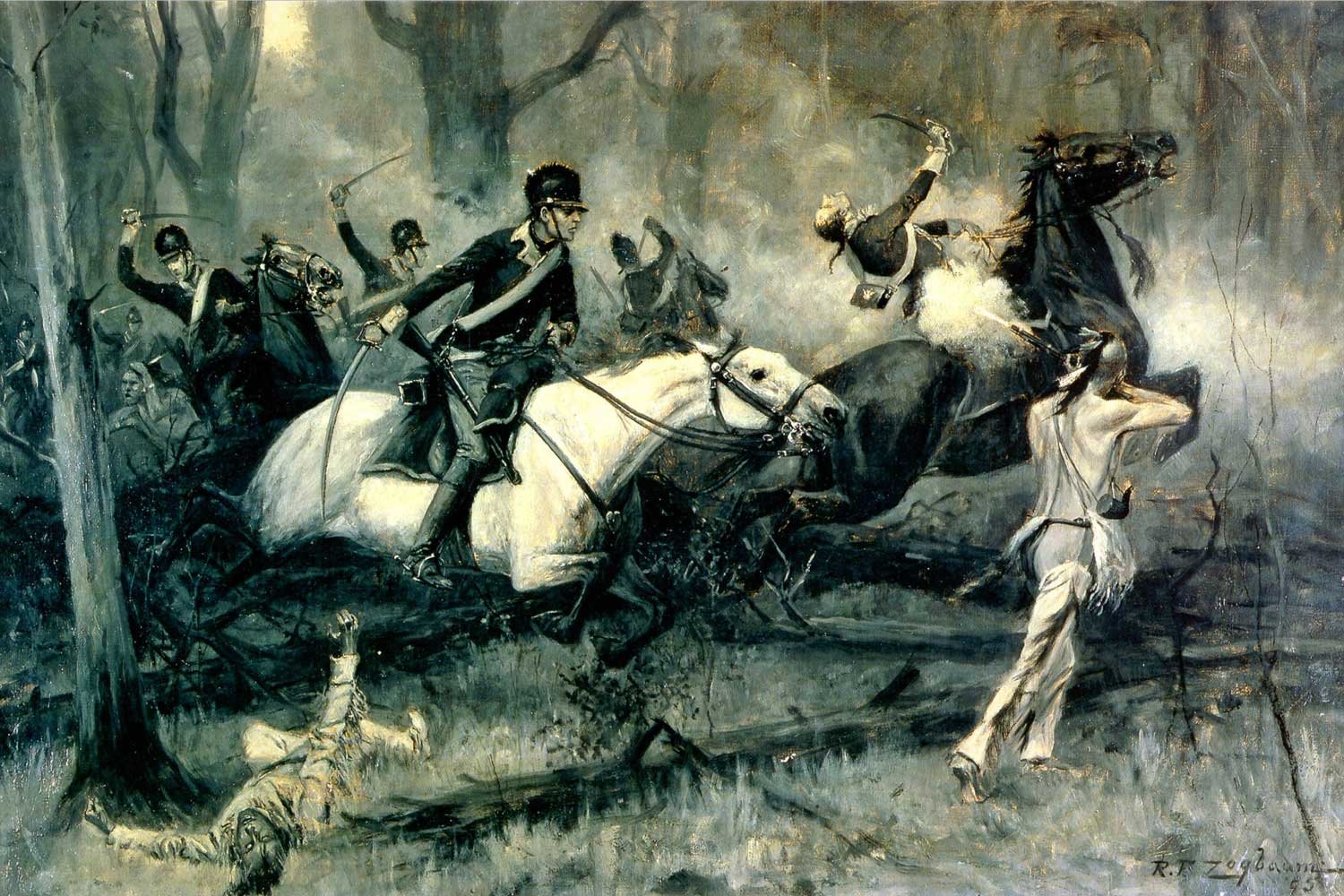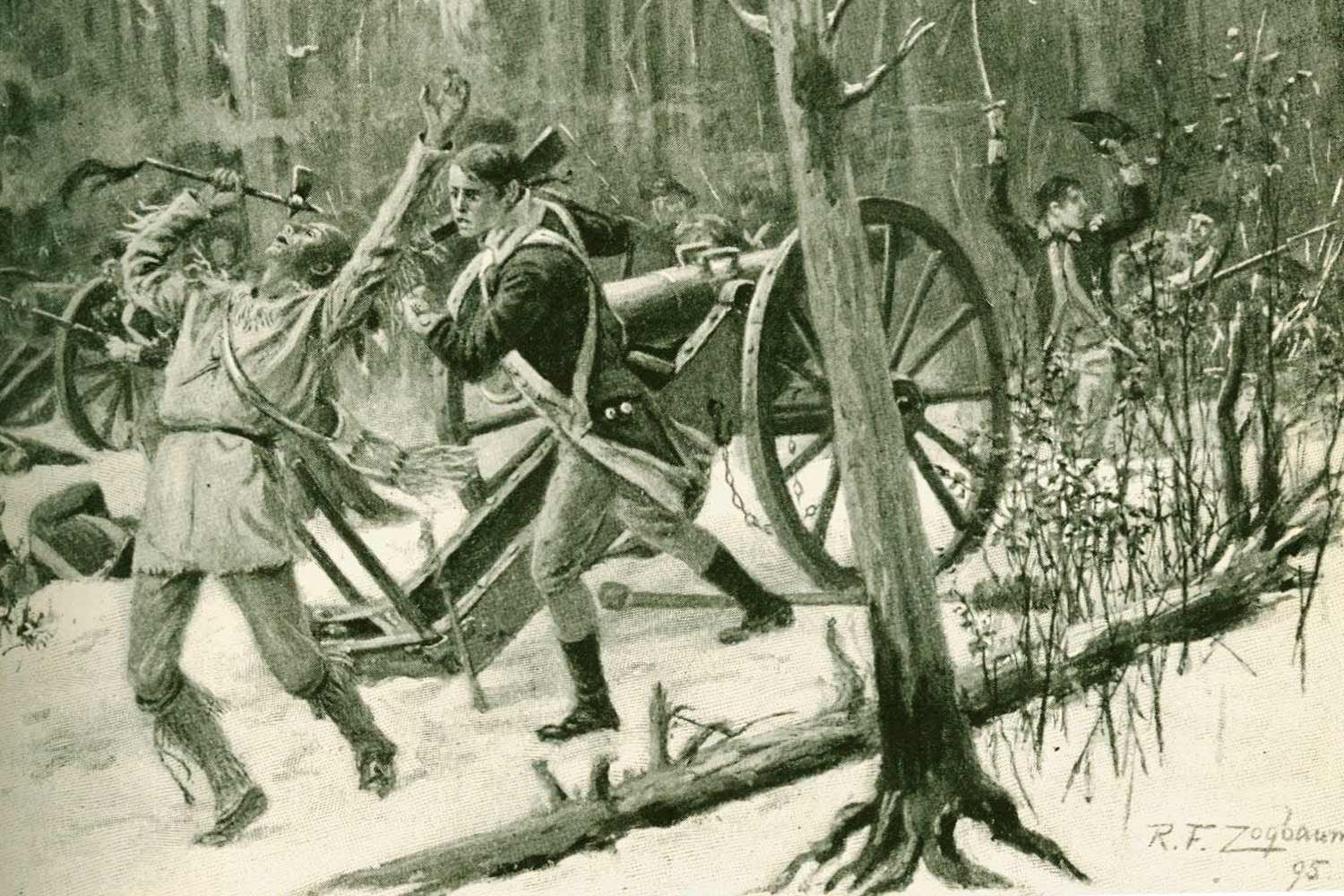North Carolina’s Regulator Insurrection
The first time a Royal Governor of a British American colony called out the troops to suppress rebellious American subjects was not the famous fight at Lexington and Concord in 1775. The initial incident of this sort occurred four years earlier when the Royal Governor of North Carolina, William Tryon, suppressed a grassroots effort known as the Regulator Insurrection.
Unlike the famous Massachusetts fight which started the American Revolution, this movement did not seek to displace colonial officials or to overthrow British rule. In fact, when the Revolution erupted in 1775, many of the Regulators became Loyalists and supported the Crown. Instead, this rebellion was more akin to Shay’s Rebellion of 1787 and the Whiskey Rebellion of the 1790s.
The core issue of these three outbreaks was a general feeling that the yeoman farmers of the frontier were being taken advantage of by the wealthy, urban elites, who controlled the courts and legislatures. More specifically, these settlers resented the taxes they were charged by a distant legislature in which they did not feel adequately represented. They also resented being required to pay the taxes in hard currency when so little of it was available on the frontier.
Western North Carolina, where the Regulator movement began, had been largely unsettled until the 1750s when cheap, available land began attracting many newcomers. As the area got more populated, speculators bought up large tracts and inflated land prices, forcing many farmers to go deep into debt. When the farmers couldn’t make their payments, they lost all that they had worked for.
In 1766, the farmers organized the Sandy Creek Association and tried to seek redress of their grievances legally through the courts. However, court officials were in cahoots with the local land speculators, and the Association made no headway and quickly died out. In 1768, another citizens group formed, calling themselves Regulators after the English officials appointed to address abuses of power during the reign of Oliver Cromwell. Their complaints, like the Sandy Creek Association, centered on corruption at the local level, and these Regulators initially sought to use legal means to achieve their goals.
But when the legal methods failed, the Regulators quickly adopted extralegal methods to reach their desired ends. These tactics included refusing to pay taxes, reclaiming property confiscated by local officials, and disrupting court proceedings. The Governor attempted to call out the militia to put down the rebellion, but the militiamen refused to serve against their neighbors. Governor Tryon had no alternative but to listen to the Regulator’s petition and, upon agreeing to do so, the Regulators dispersed.
With the threat somewhat diminished, Tryon got his back up and informed the Regulators their concerns were unwarranted and that their actions “tended to the subversion of the Constitution of the Government.” The Governor’s arrogance only served to reignite the Regulator movement and, in 1770, more violence broke out in Hillsborough where the movement was centered. This time the Regulators forced several officials, including the sheriff and some justices of the peace, to leave town for their safety.
As a result, the legislature passed the Johnston Riot Act which gave the Governor the legal authority he needed to suppress the Regulators. In the spring of 1771, when the judges in western North Carolina informed Tryon they could not hold court without protection from the local militia, Tryon once again summoned the militia. But this time he offered a bounty of forty shillings for each man and roughly 1,100 men signed up. Clearly, neighborliness was important, but forty shillings was a lot of money.
By May 14, Governor Tryon’s militiamen were encamped on Alamance Creek about twenty miles west of Hillsborough and near the main Regulator encampment. For two days, both sides tried to negotiate a peaceful resolution to the issue, but it was not meant to be. Around noon on May 16, Governor Tryon marched his force to within twenty-five yards of the 2,000 Regulators and, after a failed final ultimatum, the Governor’s militia opened fire.
The fight, known as the Battle of Alamance, continued for two hours. But with no artillery or real leadership and with their ammunition running low, the Regulators were forced to surrender. Tryon reported 9 killed and 61 wounded while the Regulators suffered almost 200 casualties, and many more were taken captive.
Governor Tryon marched his prisoners back to Hillsborough where fourteen were put on trial for treason of which twelve were found guilty and sentenced to hang. In a gesture of good faith, Tryon pardoned six of the condemned men, but on June 19, 1771, six men were executed outside Hillsborough.
The day after the battle, Governor Tryon issued a proclamation in which he offered a pardon for all Regulators who would swear allegiance to the Crown, and within six weeks, over 6,000 backcountry men signed the oath. Although this short lived rebellion was over, repercussions from it would manifest themselves at the start of the American Revolution. Since many of the officers who led the colonial militia against the Regulators were the same men who led the Patriot cause against the British, significant numbers of former Regulators became Loyalists which would make subduing this area more challenging for the Continental Army.
Next week, we will discuss the partisan fight in the backcountry of South Carolina. Until then, may your motto be “Ducit Amor Patriae,” love of country leads me.











Commodore Edward Preble assembled his considerable American fleet just outside Tripoli harbor in August 1804, determined to punish the city and its corsairs, and force Yusuf Karamanli, the Dey of Tripoli, to sue for peace.